I have already been searching the web and COMSOL for a few hours, but I can't find the B-H curve of structural steel (more specifically S235JR - EN 10025.)
In COMSOL there is a list of nonlinear magnetic materials, further grouped into material types. I assumed that S235JR is either a low carbon steel type or a stainless steel, but I can't make sense of the COMSOL steel names.
Here is stainless steel:
and here is low carbon steel:
Which one has similar B-H curves to S235JR?
Alternatively, if anybody can point me to a database with the B-H curve of S235JR, I would be grateful.

